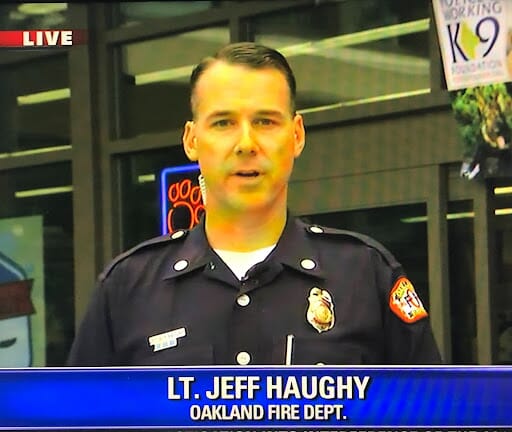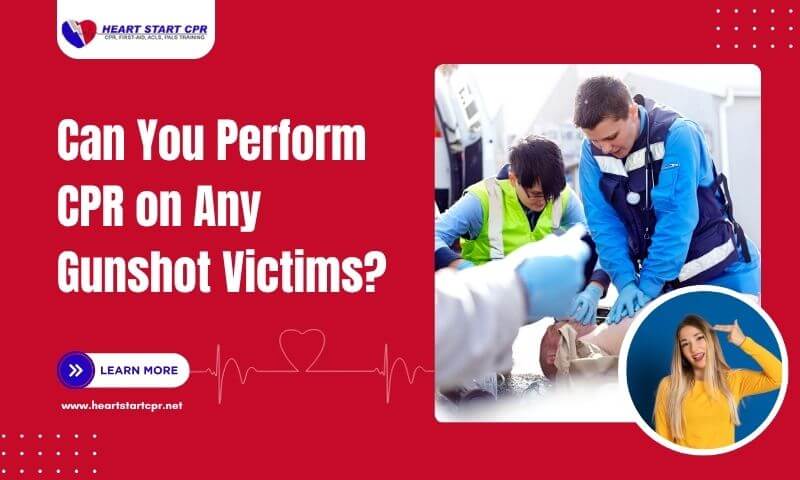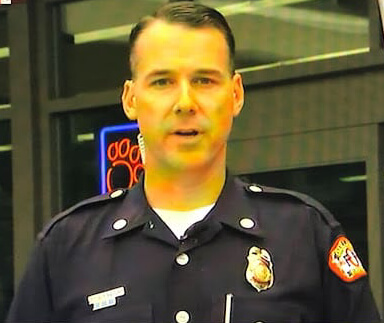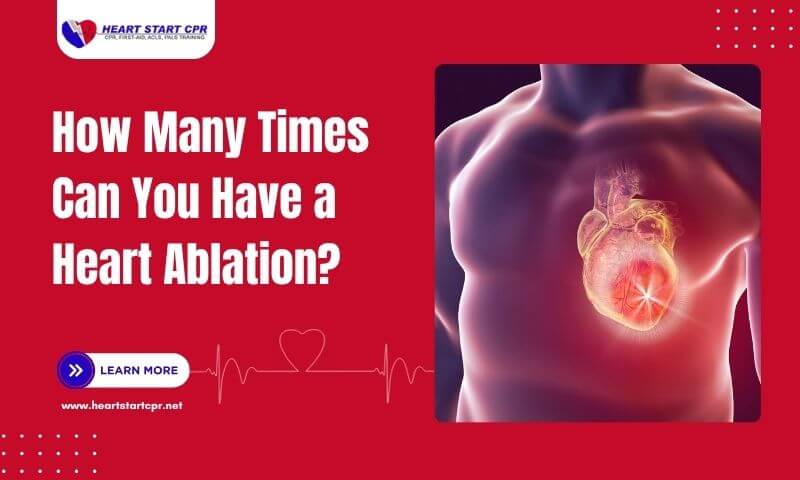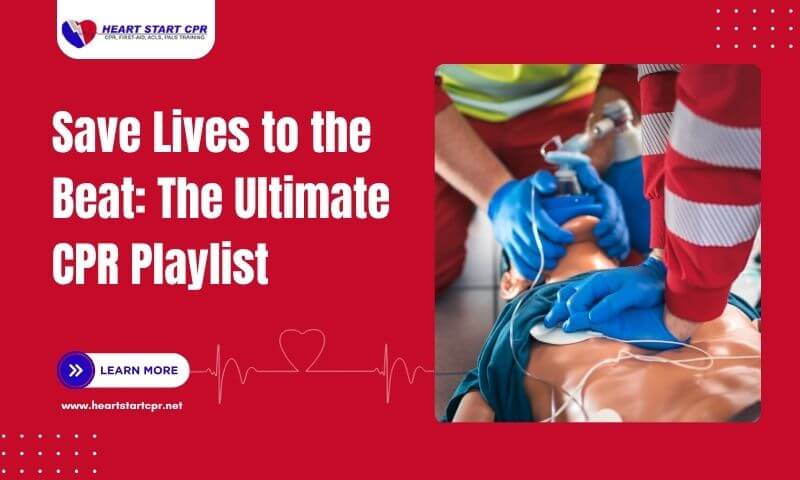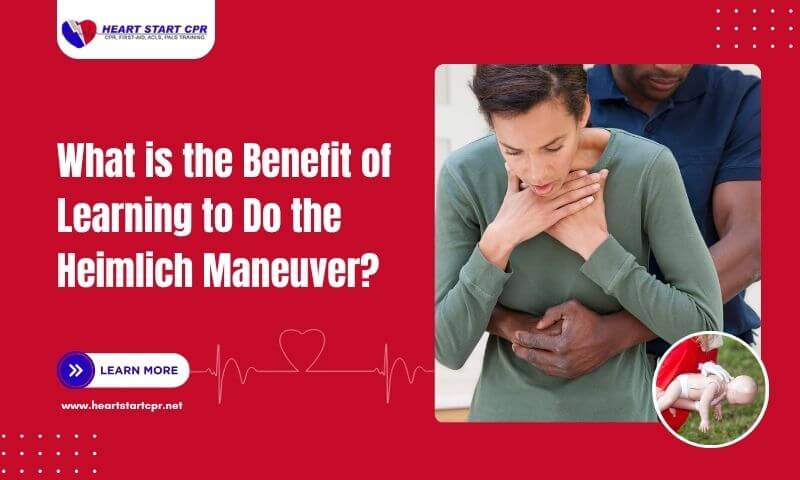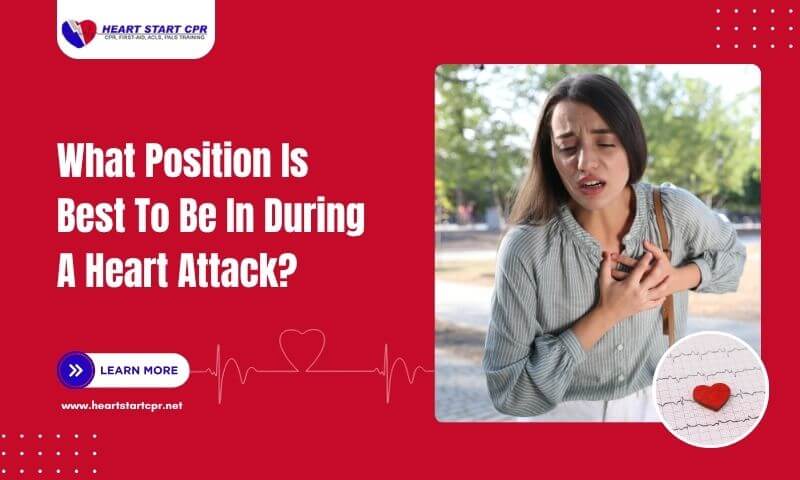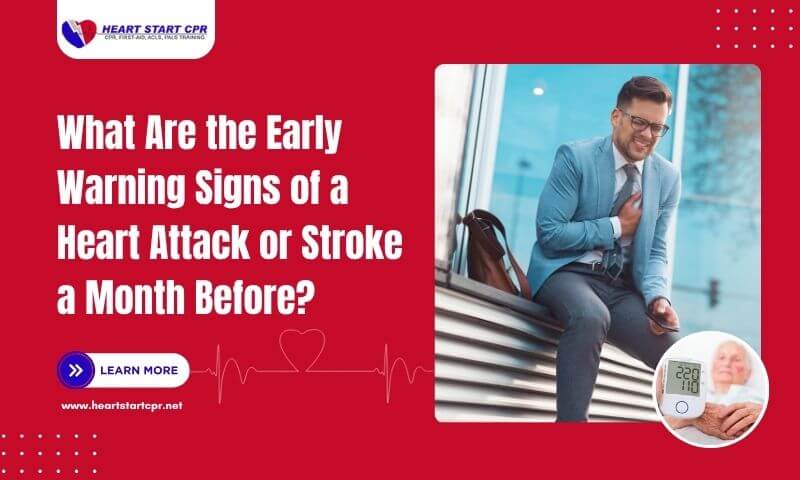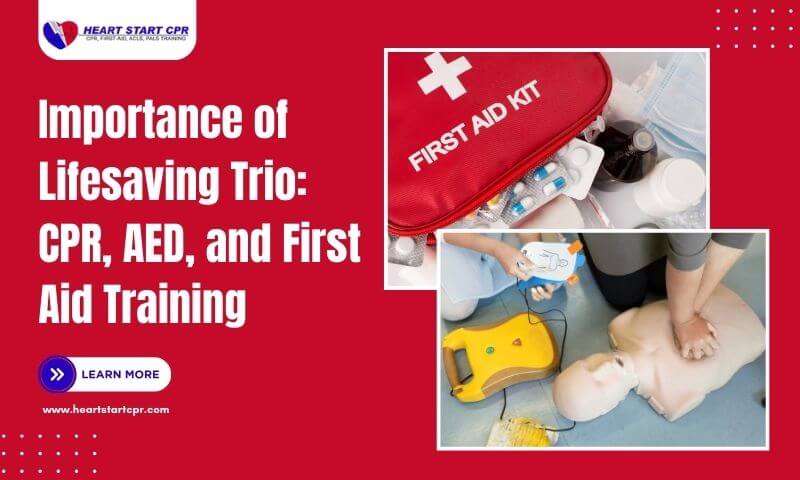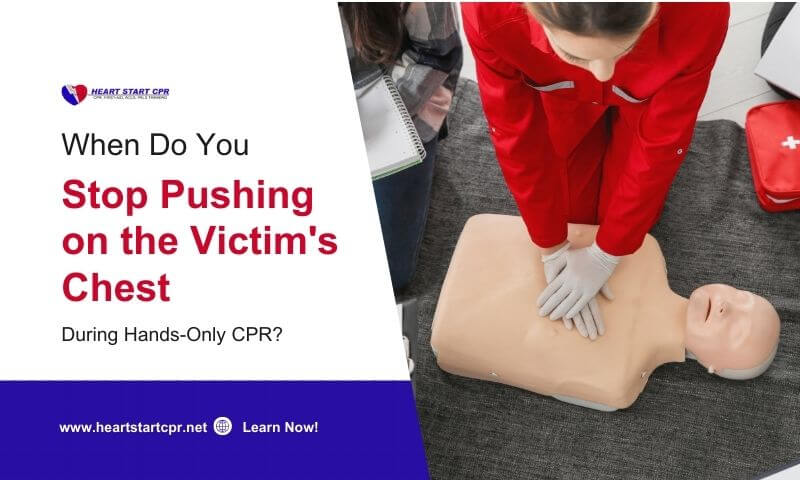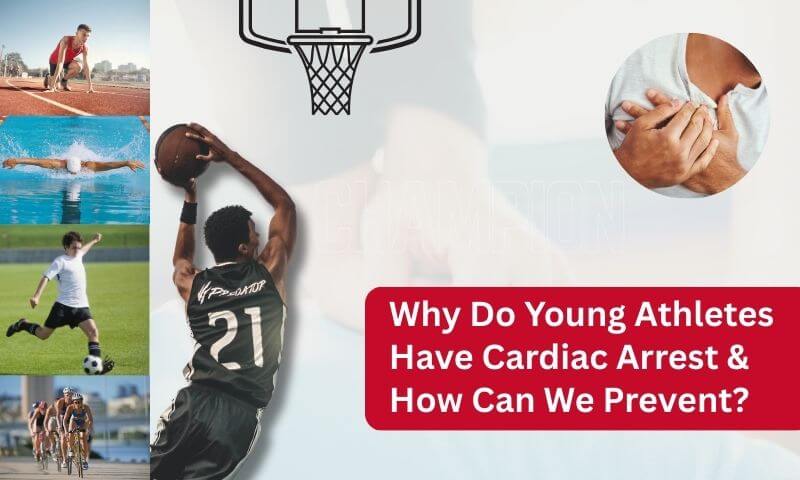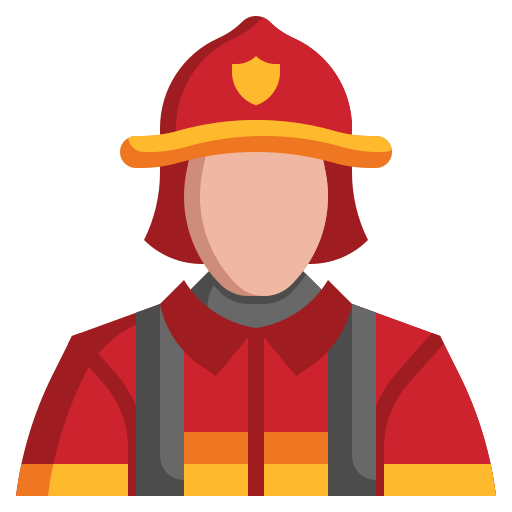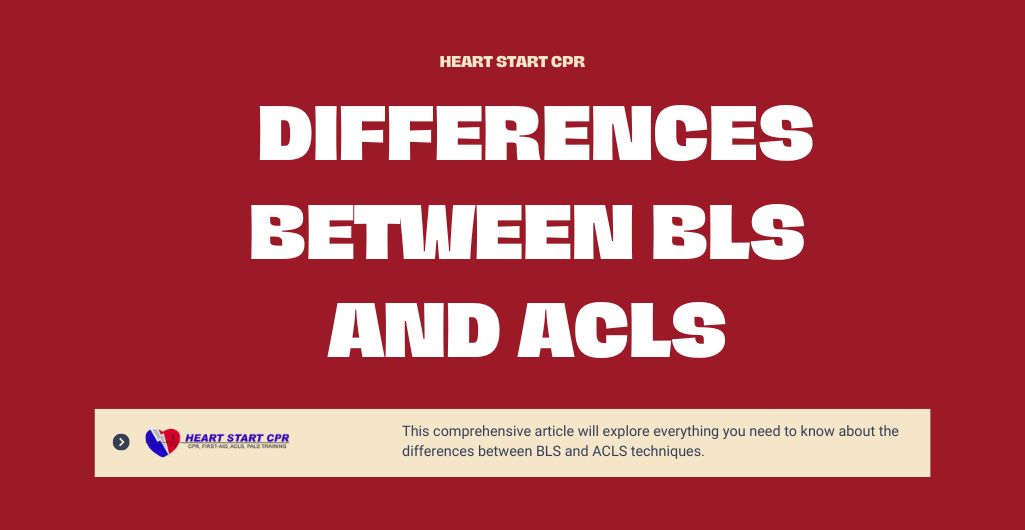Yes. You can perform CPR on a gunshot victim if they’re not breathing and have no pulse. In a gunshot emergency, time plays a crucial role, where CPR helps to flow the oxygenated blood to the brain and other vital organs until medical help arrives. But CPR alone is not just about the chest compression because gunshot wounds can cause heavy bleeding, shock, and lead to cardiac arrest. Therefore, you need to act quickly and carefully.
In this guide, you’ll learn what CPR does, how to respond to a gunshot injury, the steps to give CPR, and why it can still help save a life even after a serious gunshot injury.
Why CPR Matters in Gunshot Emergencies?
Gunshot injuries can be very serious. It leads to heavy bleeding, shock, and sudden cardiac arrest. When someone isn’t breathing or has no pulse, CPR can save their life by keeping blood and oxygen moving to the brain and vital organs until professional medical help arrives. It doesn’t treat the wound directly, but it improves survival chances and lowers the risk of brain damage. Understanding how to perform CPR in these situations is very important because every minute counts. It can also make a big difference between life and death.
How to Save a Life After a Gunshot Emergency?
Emergency response for a gunshot victim is very important because every second counts during an emergency. The first step is to make sure the area is safe, then call for help immediately. While waiting for medical professionals, you can give first aid to control bleeding and perform CPR if the victim isn’t breathing and has no pulse, to help keep them alive.
Key Emergency Steps:
- Always make sure the area is safe so you and the victim stay out of harm’s way.
- Call emergency services (911) immediately so trained professionals can arrive quickly.
- Apply firm pressure on the wound to slow or stop bleeding until help arrives.
- Check if the victim is breathing and has a pulse.
5 Key Benefits of Performing CPR for a Gunshot Victim
CPR for a gunshot victim can save their life by restoring breathing and blood circulation, especially if the victim’s heart or airway is affected. It helps to buy valuable time until emergency medical help arrives, and maintain oxygen flowing to vital organs like the brain.
Some of the benefits of CPR for a gunshot victim are as follows:
1. Buys Time for Help
When CPR is performed on a gunshot victim, it helps to buy time for emergency medical help to arrive. This happens because CPR keeps the blood flowing and oxygen circulating to the brain and other vital organs. Without proper circulation of oxygenated blood, the person might stop breathing or their heart might stop, which can be very dangerous. When you administer the CPR correctly, you can keep the victim alive longer until professional doctors or an emergency medical team can take over and provide advanced treatment.
2. Improves Oxygen Flow to Prevent Brain Damage
While a gunshot victim’s heart or breathing stops, the brain doesn’t get enough oxygen, which leads to brain damage. CPR helps to push the blood and oxygen to the brain, keeping it alive and healthy for longer. This helps protect the brain cells from dying while waiting for professional medical services.
3. Restores Heartbeat
CPR helps restore the heartbeat of a gunshot victim by using chest compressions to keep blood flowing through the body. It keeps vital organs working when the heart has stopped beating on its own. While CPR may not restart the heart completely, it supports circulation and breathing until emergency medical support can arrive. This increases the chances that the victim’s heart will start beating again with advanced treatment.
4. Provides Hope and Emotional Support
CPR provides hope and emotional support to a gunshot victim by showing them that someone is there to help in a critical moment. This action can comfort the victim and their loved ones during a scary and stressful time. When you help a victim, they feel less scared and alone. Even if the victim’s chances of survival are uncertain, the act of performing CPR offers emotional strength and shows that every effort is being made to save a life.
5. Preserve the Organs
It helps to preserve the organs of a gunshot victim through maintaining blood and oxygen flowing throughout the body when the heart is not beating. This circulation supports the function of vital organs like the brain, heart, and kidneys. It also prevents them from getting damaged due to a lack of oxygen. Even if the victim does not survive, CPR can help keep the organs healthy enough to be considered for donation.
How to Perform CPR on a Gunshot Victim?
If someone gets a gunshot wound and stops breathing or loses their heartbeat and pulses, your quick action can save their life during an emergency. There are different steps you have to consider while performing CPR on a gunshot victim.
Step-by-Step Guide:
- Position the Victim: Lay them flat on their back on a firm surface to ensure effective compressions and an open airway.
- Check Responsiveness: Check the victim’s responsiveness through gently tapping their shoulder and shouting to see if they respond.
- Check Breathing and Pulse: Then, check if the person is breathing and has a pulse. If you don’t find them, start CPR immediately to help keep them alive.
- Start Chest Compressions & Maintain Rhythm: Place your one hand on the centre of the chest, the other on top, and push hard and fast about 2 inches deep at a rate of 100 to 120 compressions per minute.
- Give Rescue Breaths: After 30 compressions, tilt the head back, lift the chin, pinch the nose, and give 2 slow breaths, watching for the chest to rise.
- Proceed until professional medical help arrives as well, and use an AED if available.
What Are the Risks When Performing CPR on a Gunshot Victim?
There might be risks when administering CPR to a gunshot victim. Chest compressions can cause excessive bleeding and may cause injuries like broken bones or damage to organs. There’s also a small risk of infection, so you’ve to wear gloves or protective clothing whenever you can.
Some of the risks while performing CPR on a gunshot victim are as follows:
- Increased Internal Bleeding: Chest compressions during CPR can increase the internal bleeding, which leads to more blood loss from the wound and makes the victim’s condition worse.
- Further Injury: Wrong steps of CPR may cause further injury, such as broken ribs or spinal injuries.
- Infection Risk: You might touch the victim’s blood or fluids, which can spread germs.
- Bullet Fragment Movement: During CPR, your hard and fast chest compression may cause bullet fragments to shift inside the body, leading to additional trauma and potential damage to surrounding tissues.
What Are the Chances of Survival After a Gunshot With CPR?
Survival after a gunshot wound largely depends on where the injury occurs and how severe it is. Quick action can make a big difference. Controlling bleeding, calling for emergency help, and giving immediate, high-quality CPR can help keep the person alive until professional medical care arrives.
Survival after a gunshot wound depends on factors such as:
- The chances of survival depend on the location and severity of the injury.
- When bleeding is controlled quickly.
- Survival depends on how fast medical help arrives.
- Lastly, the quality and timing of the CPR you administer are crucial.
Act Quickly, Save Lives with CPR
In a gunshot emergency, every second is crucial. CPR keeps blood and oxygen flowing to the brain and other vital organs, and gives the body a better chance to survive. Quick action, proper control of bleeding, and immediate CPR increase the victim’s chance of recovery. Even if the injury is severe, your fast response can preserve life. It also protects organs and gives hope to the victim. So fast and proper action without delay can make the difference between life and death.
Every Second Counts, Be a Lifesaver! Learn CPR and First Aid from experts at Heart Start CPR, an AHA-certified training centre. Our hands-on and instructor-led courses equip you to act fast in emergencies, from gunshot injuries to sudden collapses. Don’t wait, gain the skills to save lives when it matters most!
FAQs
1. Can CPR Be Performed on Someone With a Gunshot Wound?
Yes. You can perform CPR on someone with a gunshot wound if they’re not breathing or don’t have a pulse. CPR keeps blood and oxygen moving to the brain and organs until medical help arrives, even though it doesn’t stop the bleeding.
2. When Should You Start CPR on a Gunshot Victim?
Start CPR on a gunshot victim right away if they are not breathing or don’t have a pulse. Your fast action and proper CPR technique can save their life by keeping blood and oxygen moving until emergency help arrives.
3. Does CPR Improve the Chances of Survival After a Gunshot Injury?
Yes. CPR can improve a gunshot victim’s chances of survival. It keeps oxygen flowing to the brain and heart, giving the body a better chance to stay alive until doctors or emergency medical teams arrive.
4. What Safety Precautions Should You Take When Performing CPR on a Gunshot Victim?
First, you have to make sure the area is safe for you. You should use gloves or protective gear if you have them to avoid infection. Control bleeding by pressing firmly on the wound before starting chest compressions. You’ve to be careful because strong compressions might cause more injury or move bullet fragments inside the body
5. How Do You Control Bleeding Before Performing CPR on a Gunshot Victim?
Press firmly on the wound with a clean cloth or your hand to slow down the bleeding. This helps prevent too much blood loss while you get ready to do CPR or wait for emergency help.

